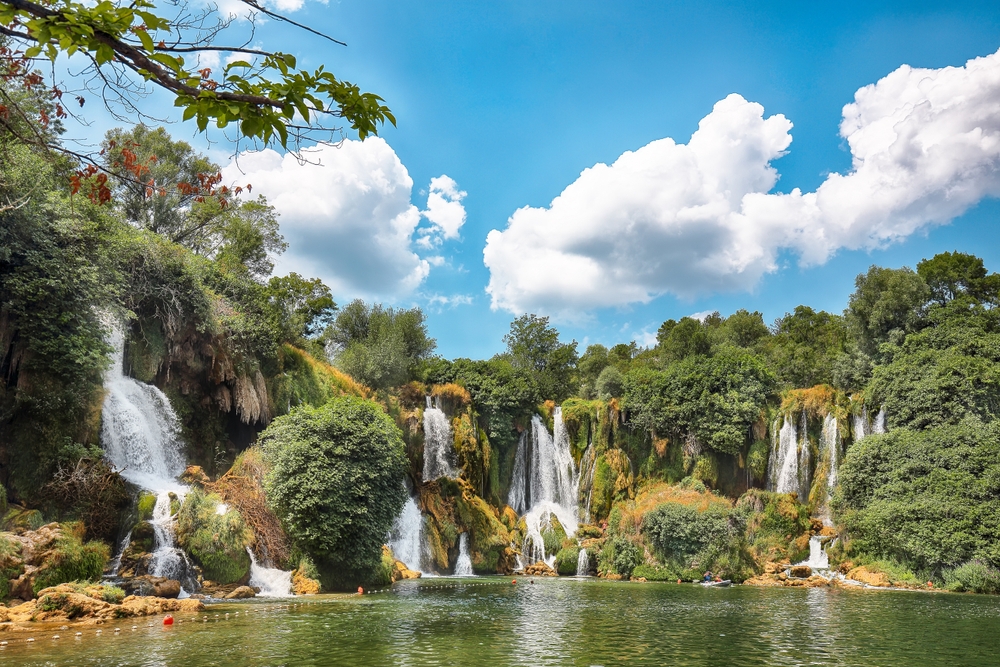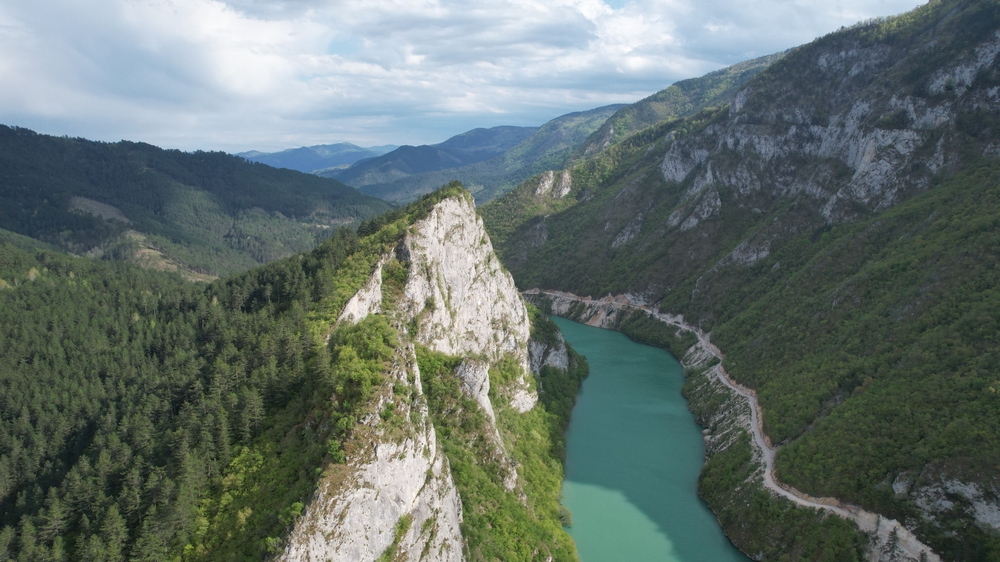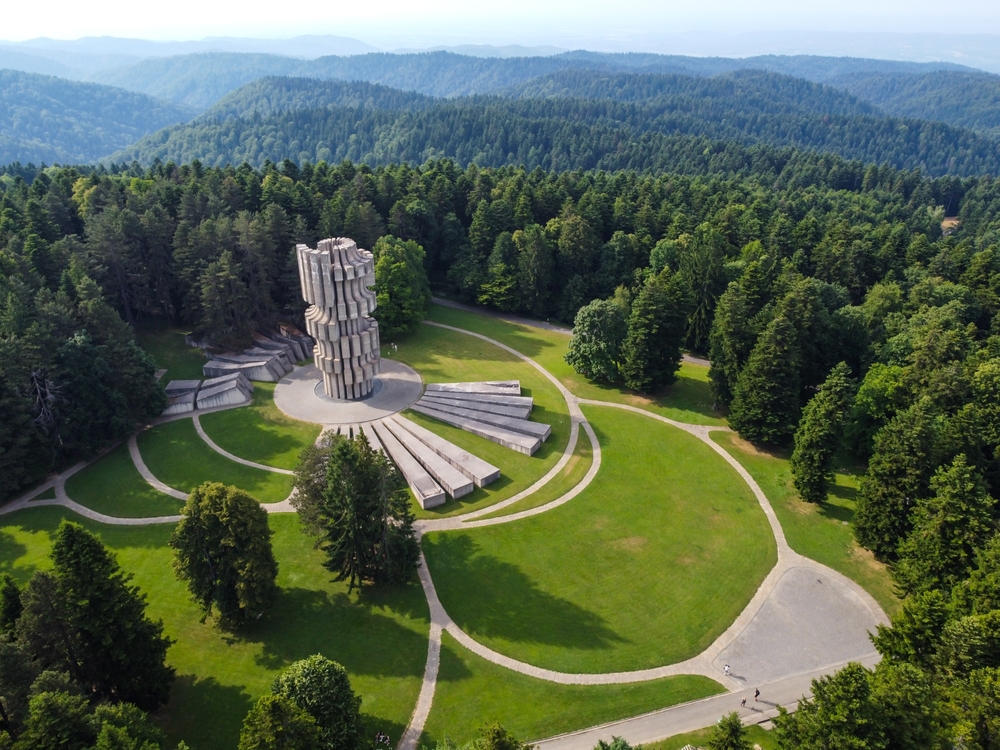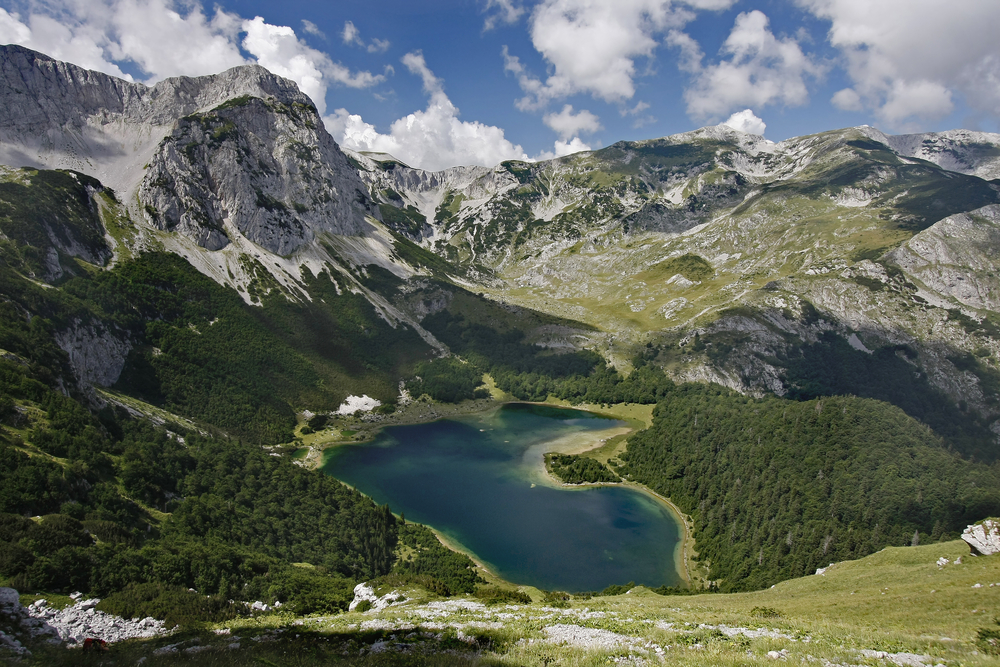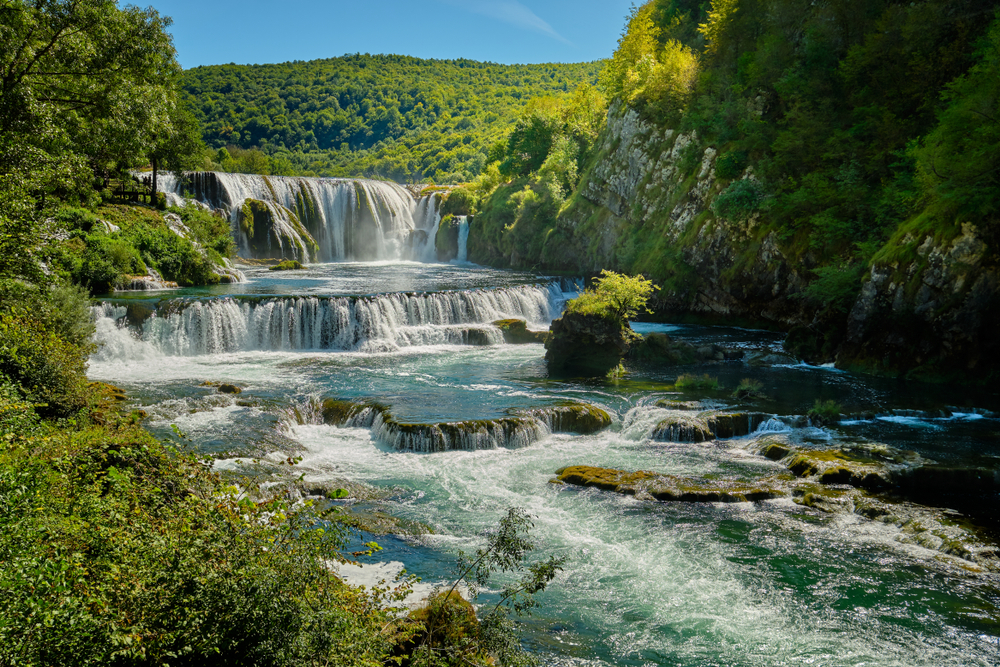Bosnia and Herzegovina, a country known for its dramatic landscapes and cultural heritage, is home to four national parks along with some additional nature parks that preserve its natural beauty and diverse ecosystems. These parks offer visitors a chance to explore stunning mountains, pristine rivers, and dense forests, providing a unique blend of adventure and tranquility.
Una National Park, located in the northwest near the border with Croatia, is a picturesque area centered around the emerald-green Una River. Covering approximately 198 square kilometers, the park is famous for its stunning waterfalls, such as Štrbački Buk and Martin Brod, which create a breathtaking backdrop for outdoor activities. Visitors can enjoy kayaking, rafting, and fishing on the river, or explore the park’s hiking trails, which wind through lush forests and offer glimpses of wildlife like brown bears and otters.
Sutjeska National Park, the oldest national park in Bosnia and Herzegovina, is situated in the southeastern part of the country. Encompassing around 175 square kilometers, it is known for its rugged mountain terrain, including Maglić, the highest peak in the country. The park is also home to Perućica, one of Europe’s last remaining primeval forests, offering a sanctuary for diverse plant and animal species. Visitors can hike through the park’s scenic trails, admire the stunning Skakavac Waterfall, and experience the rich biodiversity of this untouched wilderness.
Kozara National Park, located in the northwest, covers an area of about 35 square kilometers. This park is characterized by its rolling hills, dense forests, and historical significance. It was a site of significant World War II battles, and visitors can explore memorials and museums that commemorate the area’s history. The park offers a range of outdoor activities, including hiking, mountain biking, and wildlife watching, making it a popular destination for nature lovers and history enthusiasts alike.
Hutovo Blato Nature Park, situated in the south near the Neretva River delta, is a wetland area known for its rich biodiversity and birdlife. Covering approximately 74 square kilometers, the park is a haven for birdwatchers, with over 240 bird species recorded, including herons, egrets, and cormorants. Visitors can explore the park’s lagoons and waterways by boat, enjoy guided birdwatching tours, and learn about the importance of wetland conservation.
Blidinje Nature Park, located in the Dinaric Alps, spans about 364 square kilometers and features a diverse landscape of mountains, lakes, and forests. The park is centered around the stunning Blidinje Lake and offers opportunities for hiking, skiing, and exploring cultural sites such as medieval tombstones and traditional stone houses. The park’s unique blend of natural beauty and cultural heritage makes it a must-visit destination for outdoor enthusiasts and history buffs.
Bosnia and Herzegovina’s national parks are essential for conserving the country’s natural landscapes and cultural heritage. They provide a wide range of recreational activities and invite visitors to discover the breathtaking beauty and ecological richness of this captivating region.








































































